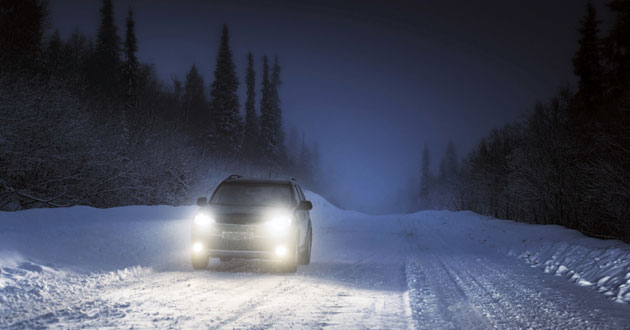A single red balloon

Picture this: Southern Ohio in the late summer, no air conditioning, sweltering heat, no breeze, and a 2-year-old with half of his body suffocating in a heavy plaster cast. Makes me sweat just thinking about it.
It started out beautifully—my wife, toddler son and I moved to the area so I could go to graduate school. The university was in the Appalachia region, tucked into the hills and rivers that carved out the triangle of Ohio, Kentucky and West Virginia. When we’d walk off the campus grounds it felt like we were stepping back 100 years into American history, past the old typewriter factory and the buildings that made bricks. Some days it was so hot that it felt as if I was walking through those brick ovens.
The house we rented was about two miles from the campus, and I would walk there early each morning before the real heat of the day started. A few hours later my wife and son would walk to the campus during a break from my classes so we could eat lunch and play on the hill where the journalism building was located.
On one particularly steamy day, after we had played together, I went back inside the classroom, and our son wanted to run down the hill one last time while my wife watched from the top. She could tell by the way he fell partway down, and landed awkwardly with one leg extended forward and the other bent underneath his body, that he was hurt. And parents know the different cries of their kids.
This one was serious.
We took him to the hospital, where they told us he had a spiral fracture in his femur—his thigh bone. They put him in traction and set the break with a cast that started at his torso, went down the entire length of his leg on one side and halfway down the other leg. He couldn’t bear weight on the broken leg for a few weeks.
The cast made it hard for us to pick him up, and even harder for his skin to breathe in that heat.
We did everything we could to make him comfortable, but for the first few days all he wanted to do was lay on the floor of our living room with a fan blowing on him. It hurt too much to do anything else. Occasionally he’d let us put him in a wagon with a bunch of pillows around him and we’d pull him through the neighborhood.
One Saturday our elderly neighbor lady came to the front door. She was in her 80s. I’d guess she weighed about 90 pounds. Her posture was stooped from osteoporosis so that her head preceded the rest of her body. She looked frail and weak.
“I was wondering if there was something I could do to help with your son,” she said.
My wife said, “What did you have in mind?”
“Well,” our neighbor said, reaching into the pocket of her house dress, “I brought something we could play with.”
She pulled out a single red balloon. She blew it up, tied a knot in the end and batted it meekly toward our son on the floor. He lit up, laughed, and swatted it back at her. She sat in a chair across the room and hit it back to him.
This was the first time he had laughed since his accident.
After about 30 minutes, our neighbor said she had to go. As she told our son goodbye, he said, in his Elmer Fudd voice, “You can come back tomorrow.” Which she did, for most of the days during his recovery.
Our neighbor didn’t have a degree in social work. She just knew that she had something in her hand that could help her neighbor.
It was a minor thing. But it felt like a cool breeze.
— by Dean Nelson
Nelson directs the journalism program at Point Loma Nazarene University in San Diego. His book on seeing God in everyday life is God Hides in Plain Sight: How to See the Sacred in a Chaotic World.





